Intel Core Duo USB Issue: A Mischaracterized Bug
by Anand Lal Shimpi on February 13, 2006 1:40 PM EST- Posted in
- Laptops
The Notebooks
In order to test this issue thoroughly, we looked at five notebooks:
ASUS W5A (Sonoma/Pentium M)
The USB Devices
We tested with three USB devices:
Kingston Data Traveler Elite (USB 2.0)
The Test
We standardized on Mobile Mark's Reader 2002SE test simply because that test is hardly CPU intensive, giving it a lot of time to spend in lower power states and potentially giving the asynchronous scheduler bug a good chance to impact battery life.
In order to test this issue thoroughly, we looked at five notebooks:
ASUS W5A (Sonoma/Pentium M)
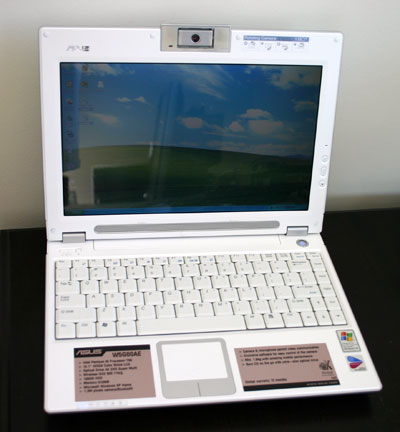


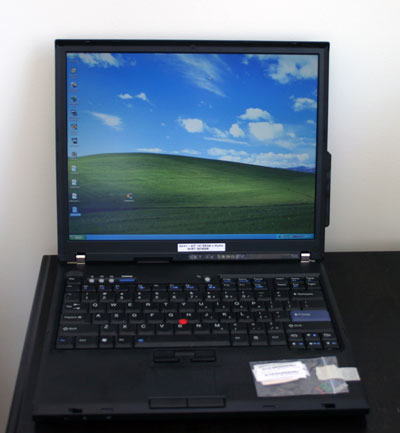
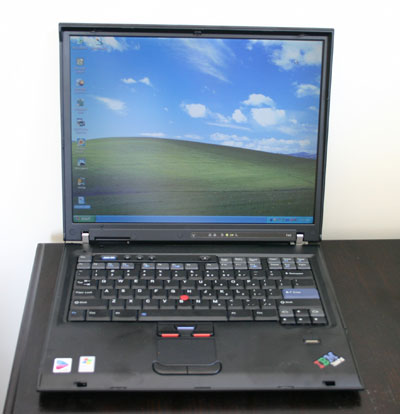
The USB Devices
We tested with three USB devices:
Kingston Data Traveler Elite (USB 2.0)

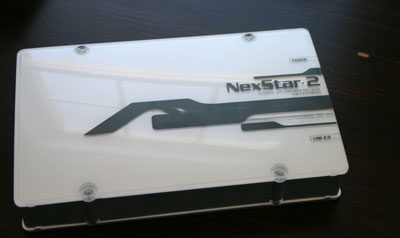
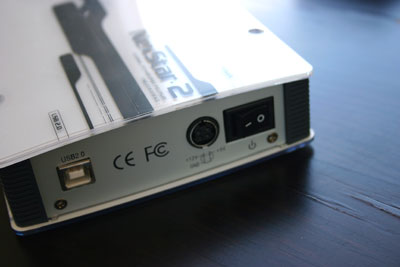
Not that this device is entirely externally powered

The Test
We standardized on Mobile Mark's Reader 2002SE test simply because that test is hardly CPU intensive, giving it a lot of time to spend in lower power states and potentially giving the asynchronous scheduler bug a good chance to impact battery life.
ASUS W5F |
ASUS W5A |
Dell Inspiron E1705 | Lenovo Thinkpad T60 | Lenovo Thinkpad T43 | |
| CPU: | Intel Core Duo T2400 (1.86GHz) |
Intel Pentium M 750 (1.86GHz) |
Intel Core Duo T2600 (2.16GHz) |
Intel Core Duo T2600 (2.16GHz) |
Intel Pentium M 780 (2.26GHz) |
| Chipset: | Intel 945G |
Intel 915G |
Intel 945G |
Intel 945G |
Intel 915G |
| Chipset Drivers: | Intel 7.2.2.1006 |
Intel 7.2.2.1006 |
Intel 7.2.2.1006 |
Intel 7.2.2.1006 |
Intel 7.2.2.1006 |
| Memory: | 1 x 512MB (DDR2-533) |
1 x 512MB (DDR2-400) |
2 x 512MB (DDR2-667) |
2 x 512MB (DDR2-533) |
2 x 512MB (DDR2-533) |
| Graphics: | Intel Integrated 945G Graphics |
Intel Integrated 915G Graphics |
Intel Integrated 945G Graphics |
Intel Integrated 945G Graphics |
Intel Integrated 915G Graphics |
| Video Drivers: | Intel 14.18.2 |
Intel 14.18.2 |
Intel 14.18.2 |
Intel 14.18.2 |
Intel 14.18.2 |
| Desktop Resolution: | 1280 x 768 |
1280 x 768 |
1920 x 1200 |
1400 x 1050 |
1024 x 768 |
| Battery Capacity: | 50 WHr |
50 WHr |
80 WHr |
56 WHr |
51 WHr |










61 Comments
View All Comments
Eris23007 - Monday, February 13, 2006 - link
P.S. That's why you read more than just the intro and conclusion pages before asking questions."RTFM"
DigitalFreak - Monday, February 13, 2006 - link
Ha!Eris23007 - Monday, February 13, 2006 - link
The USB hard drive they tested with had its own power supply. The "USB Drive" was a flash device (USB bus powered), while the "External HDD" was:UNCjigga - Monday, February 13, 2006 - link
I will have to do some testing on my notebook with the 'workaround' fix installed. I could have sworn that around the time I installed SP2 on my lappy the battery life suffered, but this was about 6-12 months after I got it so I just figured the battery was getting old.Ionizer86 - Monday, February 13, 2006 - link
Wow, this is getting interesting. I'm surprised that this bug affects 915 based systems too. I wonder if this could be a broader issue that may affect intel 855 systems or AMD-based computers with chipsets from other vendors. I suppose I could do some playing aroundIonizer86 - Monday, February 13, 2006 - link
No edit button... (accidental post before completion).I could test this out on my 855 based laptop if only I had Perfmon and the special plugin :)
Ionizer86 - Tuesday, February 14, 2006 - link
Specs: Thinkpad R50e, Pentium M 1.5 on i855GME.I booted into Windows normal mode as cleanly as possible and ran Perfmon. The CPU was usually in C2 ~60% of the time and C3 ~35% of the time, for a total of ~95% in C2 or C3. Upon plugging in any of my USB stuff (an external hard disk, a Sandisk Cruzer mini, or even my IBM mouse), I'd get 95% in C2 and 0% in C3. Maybe my mouse is a USB 2.0 mouse; not sure.
Battery draw goes from about 11.7W to 12.5W when I plug in my mouse.
By adding the registry key, I no longer have the issue with the Cruzer or my external hard disk, but the problem with the mouse remains.
Looks like MSFT has quite a problem at hand.
Accord99 - Tuesday, February 14, 2006 - link
0.8W, maybe its the power draw of the mouse itself?johnsonx - Monday, February 13, 2006 - link
Adding to what Jason said, you only need the 'secret' plugin for Core Duo processors. The C3 state counter that Perfmon already has works fine on older platforms.IntelUser2000 - Tuesday, February 14, 2006 - link
Not just Core Duo, but: "As you can probably guess, Perfmon is inaccurate in this case. While Perfmon does a fine job of monitoring C3 states for older processors, it fails to handle properly the CPUs we're most interested in: the Pentium M and Core Duo."